My instinct to begin Centering Prayer meditation at Claremont Pres. was just that, instinct. I had no prior instruction in mediation and, other than a few days in retreats, little experience. Just a calling, a need.
I knew who Fr. Thomas Keating (1923-2018) was, but not very much about his ministry, message, or method. So, lately I have taken to his writings beginning with Open Mind, Open Heart, his introduction to Centering Prayer published in 1986.
Keating’s calm demeanor, disguises a bold risk taker. He entered a monastery when he was 21 and for his entire adult life was a member of Order of Cistercians of the Strict Observance, a cloistered order better known as the Trappists.
In the wake of Vatican II, as Richard Rohr would write of him, “he showed great courage…’opening the windows’ of the monastery, and offering Centering Prayer to the world.” There were many who would have kept it cloistered. Even today there are Catholic writers who declare that the, "techniques of centering prayer are neither Christian nor prayer.”
But Keating proved impervious to criticism. He was a gifted writer, a wise counselor, and a movement founder. Open Mind Open Heart has sold more than half a million copies. His YouTube videos are watched by tens of thousands. And Contemplative Outreach, the organization he founded, continues to spread the bold notion that it is possible for ordinary people to edge toward mysticism.
So, what kind of risk taking is Keating asking of us?
First, he is asking us to connect to an ancient Christian tradition. He writes: “The idea of laypeople pursuing the spiritual path is not something new. It just hasn’t been popular in the last thousand years (p.153).” Contemplative prayer is not so much striving or praying hard as it is “resting in God.” “In this resting or stillness the mind and heart are not actively seeking Him but are beginning to experience, to taste, what they have been seeking. This places them in a state of tranquility and profound interior peace (p. 141). In that, we connect with the earliest Christians.
Second, he is asking us to patiently learn a method of prayer. Centering prayer is not a relaxation technique, although it may have that effect. “If you doze off, don’t give it a second thought,” he says (p. 25), continuing, that one can’t make a valid judgement about how things are going based on a single occurrence. Instead, learn to look for its fruits in ordinary life. Are you becoming more patient with others, shouting less often, feeling less hurt when your family complains? There is an inevitable alternation between tranquility and struggle.
Third, he is asking us to risk inviting others. Keating makes the point that contemplative prayer is getting attention because academic theology has rediscovered mysticism and mystics. Also, the institutional church found itself confronted with the attractiveness of Eastern religions and their open invitation to grow through practice. (A nod to friend and fellow meditation leader Duane Bidwell’s book When One Religion Isn’t Enough.)
When our weekly meditation started, we said that keeping silence together allows us to support one another as we push aside the distractions of the day and create space to experience something different. Silence. Beautiful, inspiring, rare. All are welcome. There’s no need to be a church member or practitioner of any religion. You just need 25 minutes to be.
Tell a friend.
Photo: Sea of Galilee, 2008, CTK
Leanne Bauman Kerchner
Many of you know that I lost my soulmate and wife, Leanne. Thank you for your messages and cards. I will write about her when I am able. Meanwhile, you can read her obituary and follow follow memorial plans on CaringBridge. https://www.caringbridge.org/visit/leannekerchner.
— Chuck

